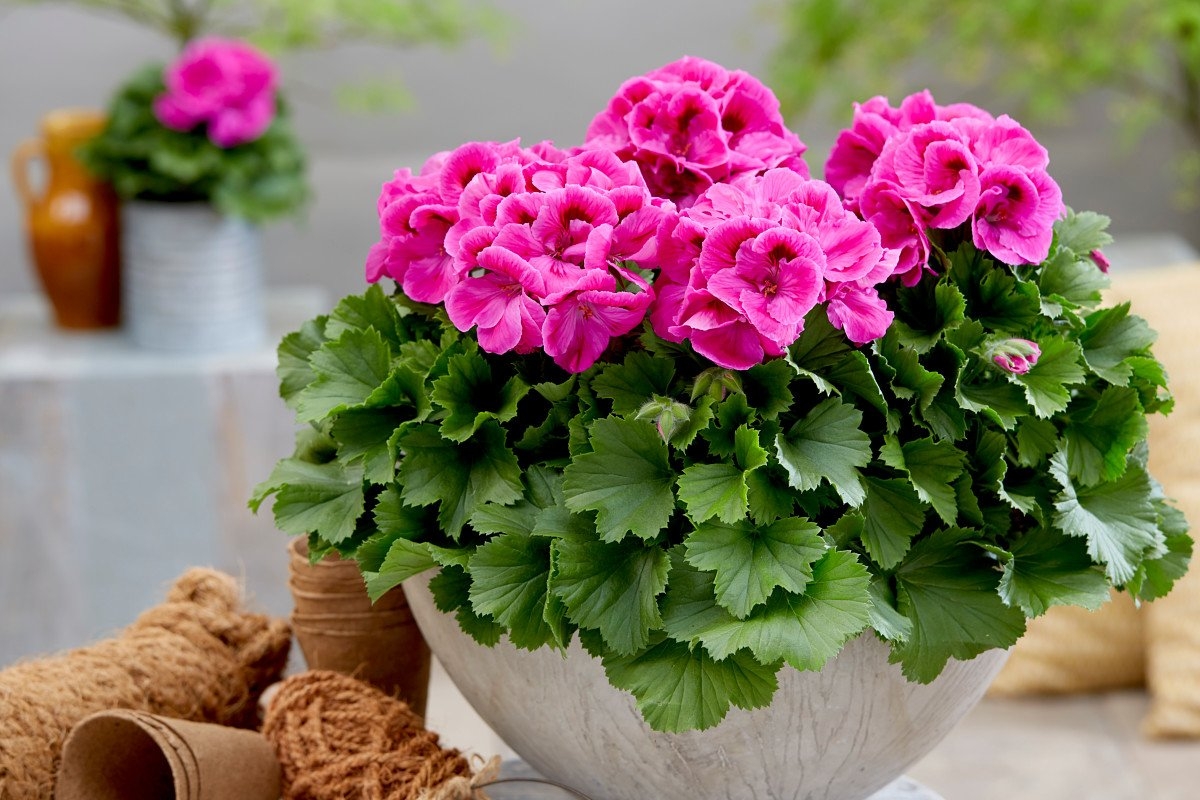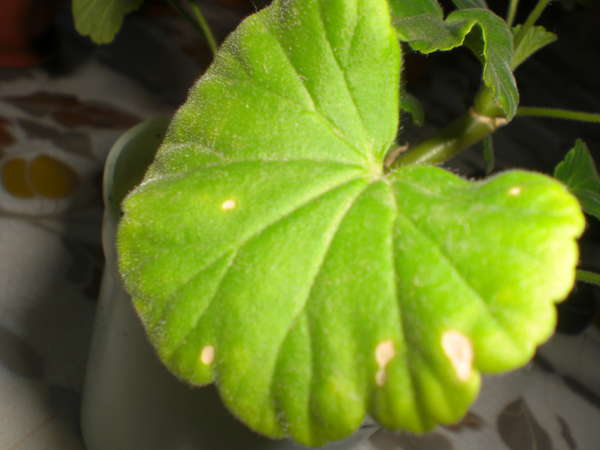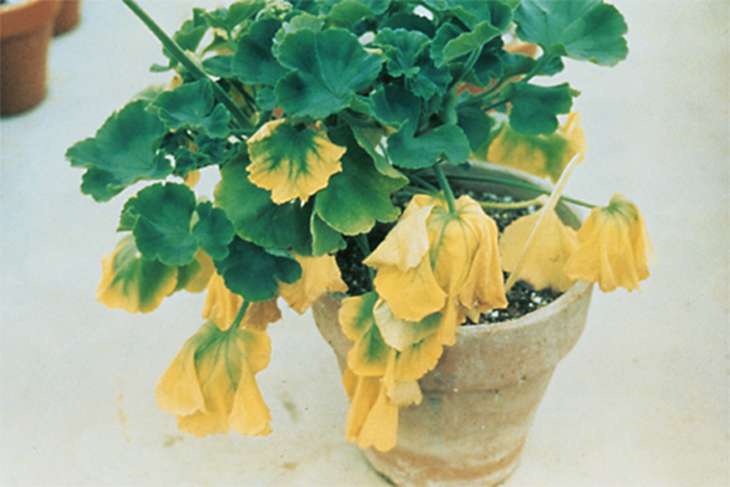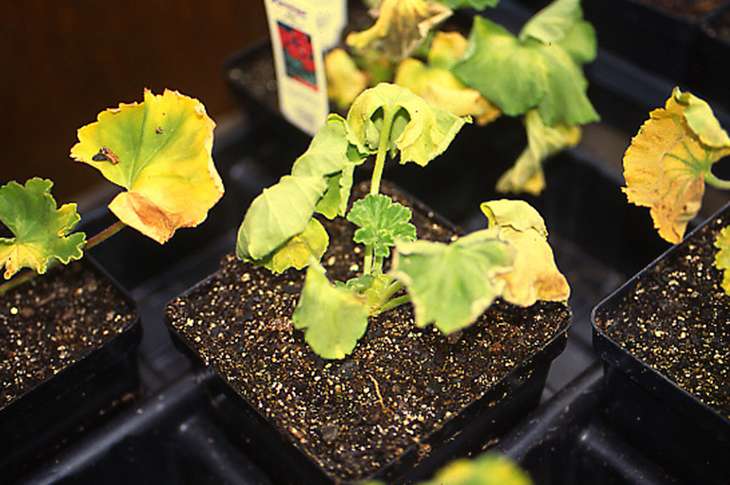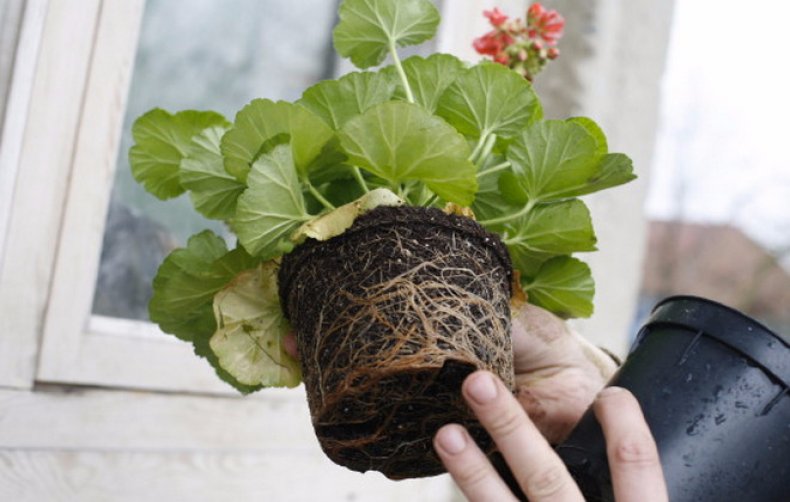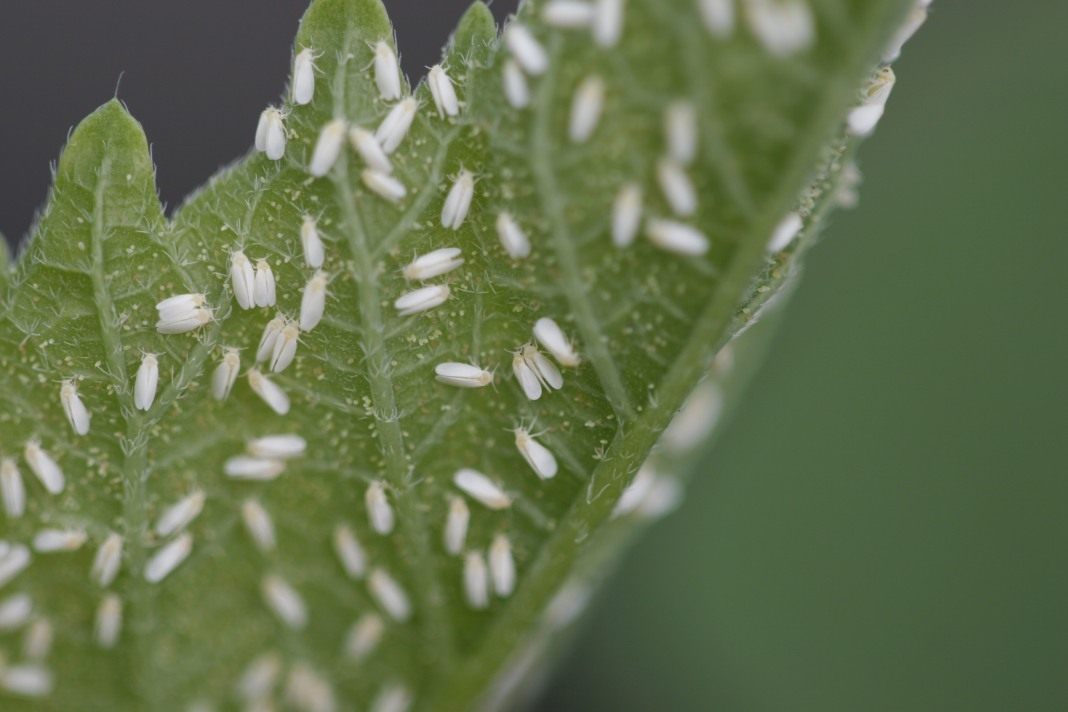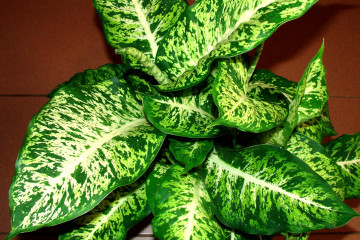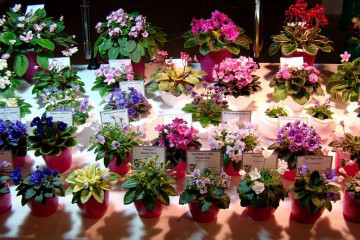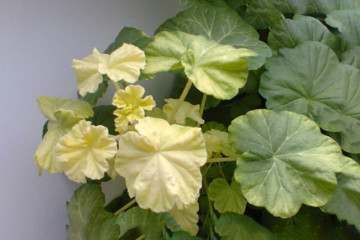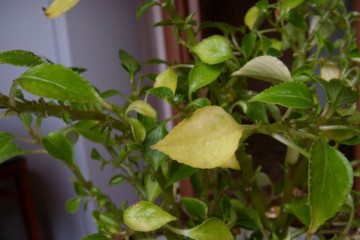Why geranium leaves turn yellow at home - causes and treatment
Content:
Geranium, or pelargonium, is one of the most popular indoor plants. This is due to unpretentious care, as well as an attractive appearance. The flower can grow on cold windowsills in winter in any of the regions of central Russia. It is worth figuring out how to act if geranium leaves turn yellow and dry.
The nature of the yellowing of geranium leaves
Many growers are faced with the fact that geranium leaves turn yellow. There are many reasons why this can happen, and therefore a certain approach must be found to the flower. Depending on the nature of the yellowing, it is determined what exactly became the reason for the development of the disease.
Around the edges
The edge of the leaf most often begins to turn yellow in winter. This indicates improper care of the plant. In summer, the yellowing of the lower leaves indicates a lack of moisture, which occurs after moving the flower pot from the street to the room. This is how the flower reacts to climate change, after acclimatization everything returns to normal.
Spots
The appearance of spots on geranium leaves indicates the presence of diseases. The leaf plate begins to brighten in places, the spots turn brown, dry out and the leaves begin to fall off. If you do not start to fight the disease, the indoor flower may die. The symptom manifests itself when infested with pests that settle on the leaves and feed on their juices:
- nematodes;
- aphid;
- Putin tick;
- caterpillars;
- whitefly.
Yellowing is accompanied by wilting of the plant
If the flower begins to wilt unexpectedly, then it may have root problems (root rot). The disease in a short time can destroy the plant. It is recommended to cut the stem and plant it. Pre-instruments are disinfected. Geranium leaves turn yellow and dry what to do?
Yellowing turns into blackening
The leaves are an indicator of the state of the plant. They show how proper care is taken for geraniums. If the conditions are not met, yellow spots may appear on the leaves, which subsequently turn black.
Compliance is checked by touch. If the stains are dry, the air in the room is too dry. The solution is to increase the humidity. Wet spots indicate a mealybug infestation. In this case, the geranium throws off the leaves. Worms are found by the sooty fungi that form a black bloom on the plant. Treatment is carried out with insecticides.
The age of pelargonium is the cause of the yellowness and dryness of the leaves
Plants have a specific life cycle.Living up to a certain age, some parts of the flower die off, the lower leaves begin to turn yellow and fall off. This process is slow and continues until the leaf plate is completely yellowed.
Common Leaving Causes of Geranium Leaves
There are many reasons why geranium leaves turn yellow. The main ones are improper care. It is worth familiarizing yourself with the recommendations on how to properly care for geraniums so that its leaves do not turn yellow.
Too infrequent or frequent watering
The main reason for the poor health of pelargonium is non-compliance with the irrigation regime. It should be regular and moderate. Do not flood the plant with a lot of water Moistening is carried out as the soil dries out.
Lack of drainage layer
Leaves may turn yellow due to the lack of a drainage layer. Geranium does not like swampy soil, it is worth taking care of drainage even at the stage of flower transplantation. In addition to yellow leaves, the flower may stop blooming.
Cramped pot
The small volume of the flower pot does not allow the root system to get enough nutrients from the substrate. As a result, it stops growing and begins to wither.
Errors in care during the dormant period of the flower
In winter, it is worth changing the care of the plant, since it is in a dormant period. The flower is not placed in a draft, near radiators and other heating devices. Reduce the number of irrigations, as they lead to waterlogging of the soil.
Lack or excess of feeding
Nitrogen fertilizers are most often applied in the spring so that the flower gains a green mass. With constant fertilization with this component, the plant will develop late flowering, and the leaves also turn yellow. Top dressing is useful only in a reasonable amount and at a certain period.
Incorrect geranium placement
One of the main criteria is the correct placement of the plant in the house. There are rules:
- there should be a lot of free space around and an influx of fresh air;
- the flower is photophilous, therefore good illumination is important;
- drafts are unacceptable.
High air humidity
Ampel plants are kept under certain conditions. Comfortable air humidity for geraniums is 50-60%. Increasing and decreasing this indicator can lead to the fact that the flower will begin to wither.
Transplant errors
When transplanting, proceed with caution. It is not recommended to destroy the earthen lump, since in this case the roots are damaged. The plant is preliminarily watered abundantly, and only after a couple of hours they begin to transplant, carefully washing off the substrate from the roots.
The transplant soil should be well-drained, moderately loose. Withstand neutral acidity, slightly acidified environment is acceptable. Prepare the soil on their own from the following components:
- river sand;
- turf land;
- peat substrate;
- humus.
All ingredients are taken in equal proportions. Do not forget to regularly feed the plant so that the substrate is nutritious. Otherwise, the flower may begin to wilt. Potassium is required for active growth, phosphorus for flowering, and nitrogen for green mass.
Diseases that cause yellowness and dryness of foliage in geranium
Most often, pelargonium suffers from chlorosis, root rot and rust. The latter disease is considered the most dangerous for the health of the flower.It is the most common, and therefore it is worth observing the state of geranium leaves regularly in order to notice the appearance of the disease in time.
Fungal spores can kill the plant. You can save a flower:
- cutting off the affected parts of the flower;
- by treating it with a fungicidal agent.
When working with chemicals, personal protective equipment should not be neglected. It is recommended to follow the instructions on the packaging for the substrate used.
Harmful insects
The most common pests are spider mites, mealybugs, and whiteflies. The yellowing of the leaves occurs after the insects begin to feed on the sap of the plant.
An effective fight against them is possible only at the first stages of infection. Over time, folk and purchased remedies work worse. The most popular drugs are Aktara, Fitoverm and Atellik. They are used in strict compliance with all points of the instructions for use.
What to do if geranium turns yellow and dries
The first step is to find out the cause of the yellowing. If the pot is small or there is no drainage layer in it, the flower needs a transplant. With a lack of sunlight or an excessive amount of it, being in a draft, they are looking for a new place for a flower pot so that the plant is comfortable.
The air temperature in the room should change with the season. In summer, it is recommended to take the flower outside, water it more often than in winter. In the fall, they return to the room. In winter, the air temperature should not rise above +15 ℃.
Top dressing against yellow and dry leaves
If the leaves have become too light, it is recommended to feed the geraniums with Agricola. This preparation contains all the necessary components. As fertilizers against yellowing of foliage are used:
- Milk. It is recommended to take 100 ml of the product per liter of water, mix well and water the plant. The solution should be at room temperature, and the water should not be hard, well settled.
- Glucose. You need to take 1 glucose tablet per liter of water. Mix thoroughly so that the substance is completely dissolved in water, water the plant. Not suitable for all colors. King geranium does not tolerate him.
It is required to take care of the indoor flower in accordance with the recommendations. When signs of deterioration in plant health appear, you should immediately find out the cause of the disease and start treatment on time.
